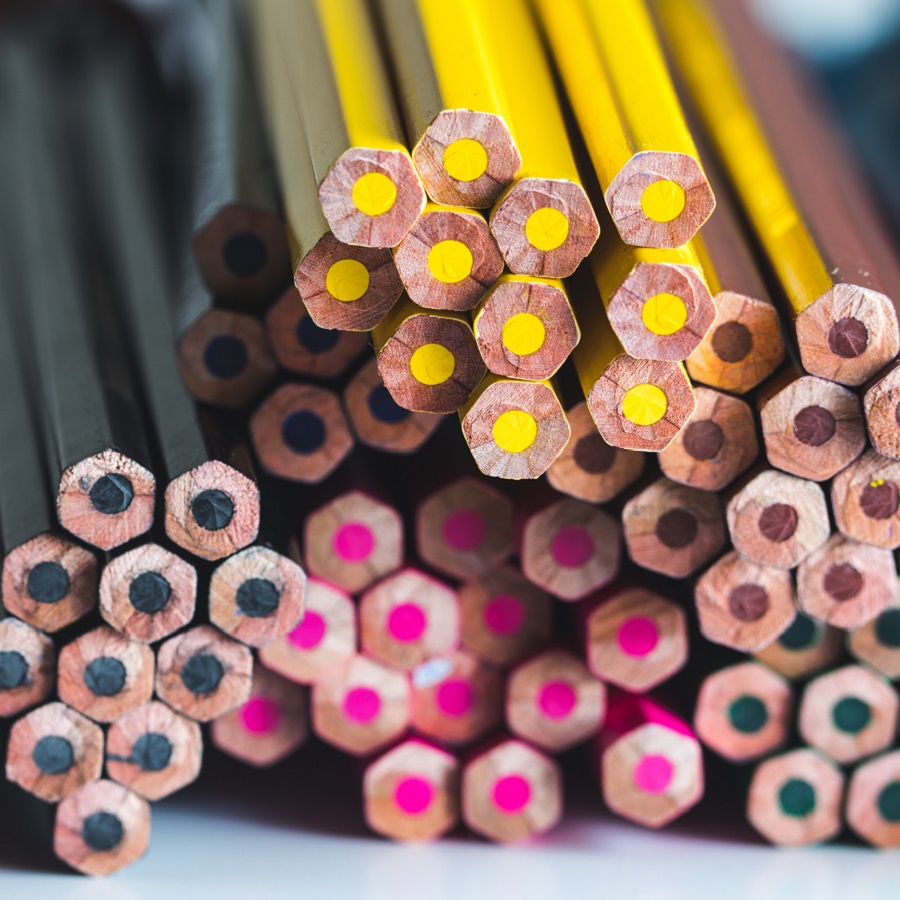When it comes to creating stunning artwork with coloured pencils, the type of paper you use can significantly affect your results. Artists often focus on the quality of their pencils and techniques, but the paper is just as crucial. This article explores why choosing the right paper matters when using coloured pencils, providing practical advice for artists at all levels. For those looking for high-quality coloured pencils, check out cpencils.com for a variety of options.

The Importance of Paper in Coloured Pencil Art
Choosing the right paper for coloured pencil art is more than just a preference; it’s a necessity. Different papers can dramatically alter the appearance and texture of your artwork. For instance, a common question among artists is why their coloured pencils don’t blend well or why the colors appear dull. Often, the culprit is the paper.
When you use low-quality paper, you might find that it doesn’t hold the pigment well, causing colors to fade or appear less vibrant. Low-quality paper can also cause the pencil’s tips to wear down quickly, making it harder to achieve fine details in your work. Therefore, understanding the impact of paper on coloured pencil art is essential for producing high-quality results.
For more detailed information on how paper quality affects coloured pencil art, you can visit this useful guide that delves into the nuances of paper types and their interactions with different art supplies.
Types of Paper and Their Impact on Coloured Pencil Results
Different types of paper can significantly impact the final outcome of your coloured pencil artwork. For example, standard printer paper is often too smooth and thin, making it hard for the pigment to adhere properly. Alternatively, watercolor paper might be too textured, causing uneven color application.
Sketch Paper: This type of paper is commonly used for initial drawings and practice. It’s relatively smooth and works well for basic sketches but might not be ideal for detailed coloured pencil work.
Bristol Paper: Known for its smooth surface, Bristol paper is excellent for producing fine details. It provides a good balance between thickness and texture, making it a preferred choice for many coloured pencil artists.
Watercolor Paper: Although primarily designed for watercolors, this type of paper can also be used for coloured pencil art. Its rough texture can add an interesting effect to your artwork, but it may require more layers to achieve the desired color intensity.
For a deeper dive into the types of paper best suited for coloured pencils, check out this resource which provides comprehensive reviews and comparisons.
How to Choose the Right Paper for Your Art Style
Selecting the right paper depends largely on your artistic style and the effects you wish to achieve. Some artists prefer a smoother surface for intricate details, while others might opt for a more textured paper to add depth and interest to their work.
For Realistic Drawings: If you aim for realism, a smooth, high-quality paper like Bristol is ideal. It allows for sharp lines and detailed work, enabling you to capture fine details and subtle gradients.
For Abstract Art: If your style is more abstract or expressive, you might enjoy the texture and variability that watercolor paper provides. The rough surface can create interesting patterns and effects, adding a unique touch to your work.
For Mixed Media: If you like to combine coloured pencils with other media like ink or markers, consider using multimedia paper. It’s designed to handle various types of media without warping or degrading.
To find high-quality paper tailored to your specific needs, you can explore options available at Durzerd, which offers a variety of paper types suited for different artistic styles.
Matching Paper with Coloured Pencil Techniques
Different coloured pencil techniques require different types of paper for optimal results. Blending, layering, and burnishing are common techniques that can be greatly influenced by your choice of paper.
Blending: For smooth blending, a paper with a bit of texture but not too much is ideal. Bristol paper often works well for this purpose.
Layering: If you plan to layer multiple colors, choose a paper that can handle multiple applications without breaking down. Heavyweight drawing paper can be a good option.
Burnishing: This technique involves applying heavy pressure to create a polished look. A smooth, sturdy paper like hot-pressed watercolor paper is excellent for burnishing, as it can withstand the pressure without tearing.
For an in-depth explanation of these techniques and how to choose the right paper for each, visit this tutorial which offers practical tips and examples.
Final Thoughts
In summary, the type of paper you choose for your coloured pencil art can make a significant difference in your work’s quality and appearance. Whether you’re a beginner or a seasoned artist, understanding the impact of paper on your artwork is essential. By selecting the right paper, you can ensure that your colours are vibrant, your details are sharp, and your overall piece is something you can be proud of.
For artists looking to purchase high-quality coloured pencils and paper, you can explore options at cpencils.com for smaller batches or Durzerd for bulk orders.
By taking the time to choose the right paper, you’ll set yourself up for success and elevate the quality of your coloured pencil art.



